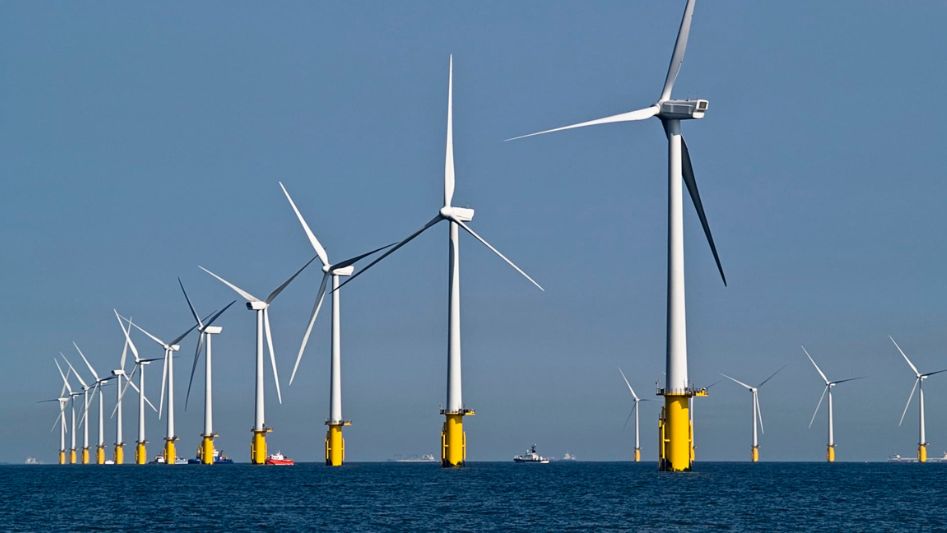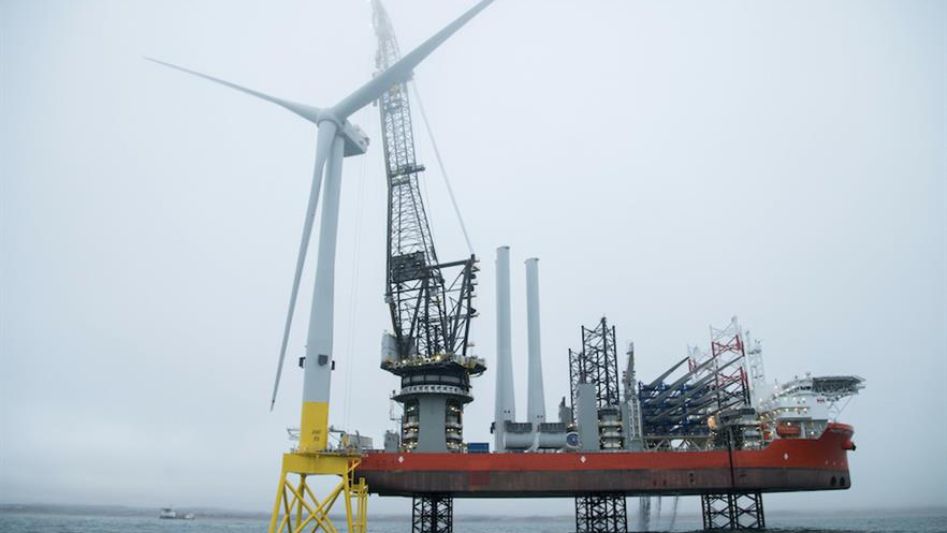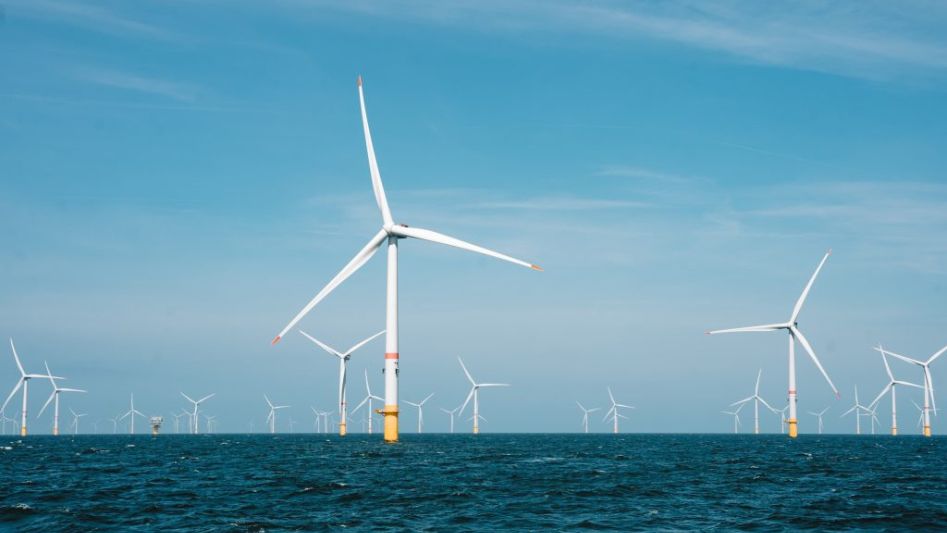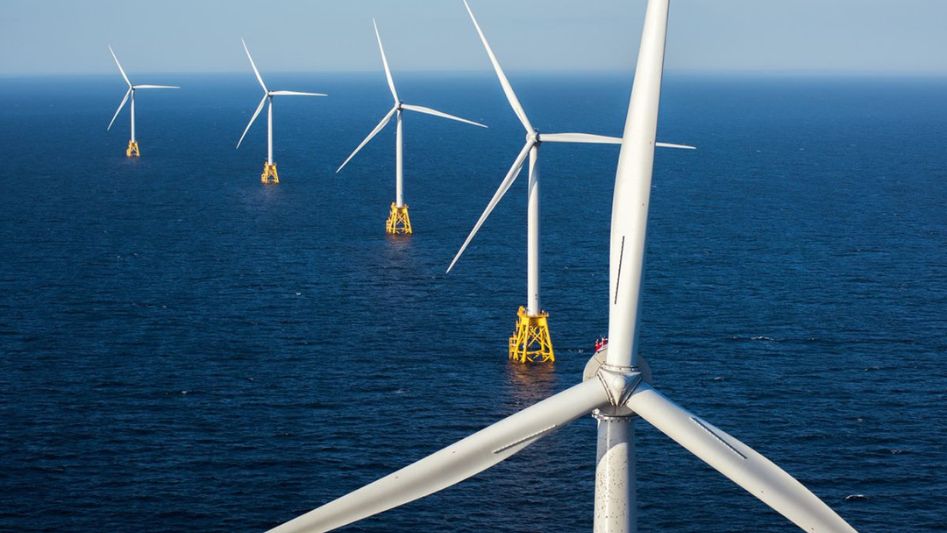Offshore wind energy has emerged as a crucial component in the global transition towards sustainable and renewable sources of power. By harnessing the power of wind over vast expanses of ocean, offshore wind turbines have the potential to significantly reduce reliance on fossil fuels and mitigate the impacts of climate change. However, like any large-scale infrastructure project, offshore wind farms come with their own set of economic and environmental considerations. This article explores the multifaceted impacts of offshore wind turbines, focusing on their economic benefits, potential challenges, and the positive environmental footprint they leave behind.
Table Of Content
We invite you to read: “The Environmental Impact of Wind Energy: A Comprehensive Analysis”

Economic Benefits
1. Job Creation and Economic Growth
One of the most notable economic benefits of offshore wind farms is the creation of jobs. The development, construction, and maintenance of offshore wind turbines necessitate a diverse range of skilled labor, from engineers and technicians to project managers and maintenance crews. According to the International Renewable Energy Agency (IRENA), the offshore wind industry could support over 900,000 jobs globally by 2030. This surge in employment opportunities not only bolsters local economies but also fosters innovation and expertise in the renewable energy sector.
2. Energy Security and Cost Stability
Offshore wind energy contributes to enhanced energy security by diversifying the energy mix. This reduces dependence on imported fossil fuels and makes countries less vulnerable to geopolitical tensions or price fluctuations in global energy markets. Additionally, once operational, offshore wind farms provide a stable and predictable source of electricity, as wind patterns are relatively consistent over the long term. This stability can help stabilize energy prices and shield consumers from the volatility associated with fossil fuel-based power generation.
3. Infrastructure Investment and Tax Revenue
The development of offshore wind farms necessitates substantial investments in infrastructure, including the construction of turbines, subsea cables, and onshore grid connections. This influx of capital into local economies can have a multiplier effect, stimulating growth in ancillary industries such as marine transport, construction, and manufacturing. Moreover, governments often collect tax revenues from offshore wind projects, which can be reinvested in public services and community development.
We invite you to read: “Wind Turbines Around the World: A Global Perspective on Wind Power”

Environmental Impacts
1. Greenhouse Gas Emissions Reduction
The primary environmental benefit of offshore wind turbines is their capacity to produce clean, renewable energy without emitting greenhouse gases. By displacing fossil fuel-based electricity generation, offshore wind farms play a critical role in reducing carbon dioxide and other harmful emissions. According to the European Wind Energy Association, a typical offshore wind farm can offset tens of thousands of tons of CO2 emissions annually.
2. Biodiversity and Marine Life
Offshore wind farms are not without their potential environmental challenges. Concerns have been raised regarding their impact on marine ecosystems. Proper site selection and construction practices, as well as ongoing monitoring, are essential to minimize disruption to local wildlife. Additionally, artificial reefs created by the turbine foundations have been found to foster marine life, providing new habitats for fish and other species.
3. Visual and Aesthetic Considerations
Offshore wind farms are often visible from coastal areas, and some individuals may find them visually intrusive. However, advances in turbine design and the careful planning of farm layouts can help mitigate these concerns. Moreover, studies have shown that public perception of offshore wind projects tends to improve over time as communities become accustomed to their presence and recognize the environmental benefits they bring.
We invite you to read: “Sailing Towards Sustainability: The Rise of Offshore Wind Farms”

Conclusion
Offshore wind turbines represent a pivotal technology in the transition towards a sustainable and low-carbon energy future. While they bring about a range of economic benefits, including job creation, infrastructure investment, and energy security, they also pose environmental challenges that must be carefully managed. Through thoughtful planning, technological advancements, and ongoing monitoring, it is possible to maximize the positive impacts of offshore wind energy while minimizing any potential drawbacks. With continued investment and innovation, offshore wind farms will play an integral role in the global effort to combat climate change and ensure a sustainable future for generations to come.
FAQs
How do offshore wind turbines benefit the economy?
Offshore wind farms create jobs, stimulate economic growth, and enhance energy security through renewable energy production.
What are the environmental impacts of offshore wind turbines?
Offshore wind turbines reduce greenhouse gas emissions but require careful planning to minimize disruption to marine life.
Do offshore wind farms affect the visual landscape?
Offshore wind farms can be visible from the coast, but design improvements help mitigate aesthetic concerns over time.
You May Also Like
- The Aerodynamics of Efficiency: Innovations in Wind Turbine Design
- Maximizing Wind Potential: Strategies for Onshore and Offshore Installations
- Noise Pollution and Wind Turbines: Seeking Silent Solutions in Urban Settings
- Challenges and Solutions in Modern Wind Energy Production
- Solar Panels vs. Wind Turbines: Which Renewable Energy Source Wins?
External Links
- Assessing environmental impacts of offshore wind farms: lessons learned and recommendations for the future
- Reviewing the ecological impacts of offshore wind farms
- Environmental Impacts of Global Offshore Wind Energy Development until 2040
- Environmental Impacts of Wind Power
- Environmental Impacts of Global Offshore Wind Energy Development until 2040

